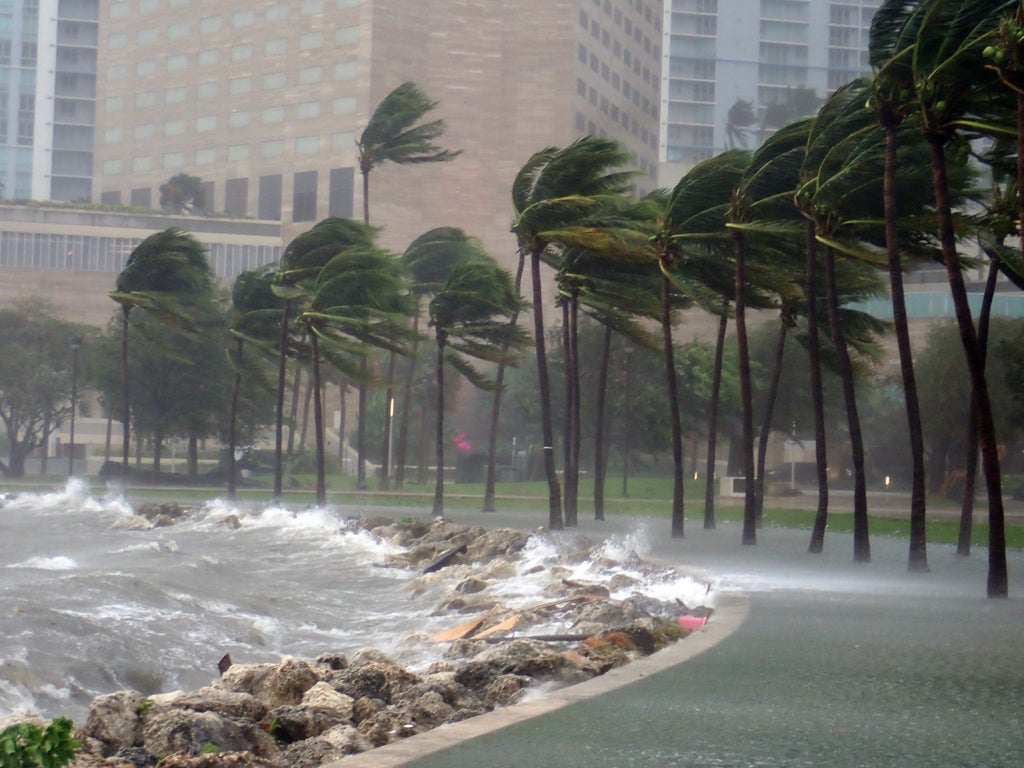- By 2050, over 1 million homes in Los Angeles, San Diego, and San Francisco with low flood risk will see their flood risk rise higher than their fire risk.
- Flood risk increases in areas recently burned by wildfire.
- Even without assuming worst-case climate scenarios, homes with very low flood risk will have risk increase by 40 points or more by 2050.
Risks from natural hazards can be interdependent. The fires in Los Angeles this January followed two years of wet winters which encouraged the vegetation growth that became wildfire fuel. Now, the metro’s burned areas lack the vegetation that can absorb water, making them more vulnerable to flood.
This cycle is one that repeats itself across California, but each area of the state faces a different level of risk. And that risk is not trivial.
In Los Angeles, San Diego, and San Francisco, the number of homes impacted by flood risk is more than the population of many towns in the U.S. — and it is growing.
How many homes currently face flood risk in major California metros?
- Los Angeles: 762,000 homes are impacted by flood risk.
- San Diego: 231,000 homes are impacted by flood risk.
- San Francisco: 65,000 homes are impacted by flood risk.
Between 2030 and 2050, flood risk scores for these single-family homes will worsen significantly. And homes that have moderate wildfire risk today will see that risk increase alongside the risk of flood.


The research for these insights was done as a collaboration between Cotality Chief Scientist Howard Botts, Principal Data Scientist Tanya Havlicek, and Vice President of R&D Product Marketing, Innovation Anand Srinivasan.









.jpg)


